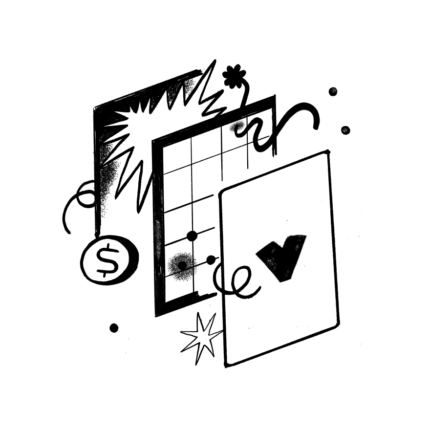
4 investing rules that could help your money grow
Understanding how to invest shouldn’t require you to know everything about the stock market.
Unless you read candlestick charts in your free time (don’t worry, it’s a trading term), chances are you aren’t super familiar with the ins and outs of investing. Depending on how you’re looking at things, it can be complicated!
Yes, that’s right, you can invest your health savings account (HSA) funds — just like you might invest with an individual retirement account (IRA) or a 401(k). It enables you to grow your money with much higher returns over time than most savings accounts.
Now that you know you can invest with your HSA, here are four tips for getting the most out of any kind of investing.
1. Meet the Minimums
When you use your HSA to invest, there are a few rules you’ll need to know. The first is minimum balances. In order to make your money work for you, you’ll need to meet the minimum account balance as determined by your service. That’s why it’s important to check your accounts to see how much you need to have socked away before your money starts to do its thing on your behalf.
In some cases, your account can hold your funds for you (while still earning a bit of interest) until you can meet the minimum amount required to invest.
2. Diversify
You know the phrase “don’t put all your eggs in one basket?”
It rings very true for investing. Diversification means that you’re not investing too heavily in one thing, like one stock or type of fund (like bonds). The idea is this: if your investments are spread out, then when certain kinds of investments experience declines, you hopefully won’t experience a nosedive in your entire portfolio.
As for the perfect mix of funds in your portfolio… well, there isn’t one. You need to think through your personal goals, like when you plan on retiring, your risk tolerance, and how much you currently have saved.
3. Avoid Fees
Investing in stocks and bonds, even through HSAs, means you’ll need to pay some fees — it helps to offset costs for brokerages to manage your funds. However, it doesn’t mean you can’t control what you pay. There are plenty of low-cost options that are great (such as ETFs) and offer many ways to investing in the stock market.
To compare fees, you’ll want to look at something called the annual expense ratio — the percentage of your investments in cash value that you’re charged, usually annually. A fraction of a percentage may not look like it’s a big deal, but combined with compound interest over time, it could cost you hundreds or even thousands of dollars.
4. Be Patient
We get it. You want to see your money grow. Unless you’re a rockstar day trader (spoiler alert: this is a fairy-tale job!) or a fortune teller, you’re not going to see the fruits of your labor for a bit. So trust us when we say: patience is key.
Sure, you’ll be tempted to take out your cash when the stock market goes down, but stay the course. Investing is a long game. Automate as much as you can afford towards your HSA and let that overflow inch its way higher so your contribution will automatically go into your investment portfolio.
P.S. Just in case you were wondering, a candlestick chart “is a style of financial chart used to describe price movements of a security, derivative, or currency. Each ‘candlestick’ typically shows one day, thus a one-month chart may show the 20 trading days as 20 “candlesticks.” TMYK!


